Since Time Immemorial
Native Indian Art and craft
Manufacturer and exporter of expressive furniture, decorative accessories and gift items that combine ancient traditions with contemporary home decor. Magnificent, exquisite and incomparable artefacts from two rich cultures inspire us to develop exclusive products that are simultaneously based on Indian and Southeast Asian art.
Manufacturer of Exclusive Red Indian Art Items
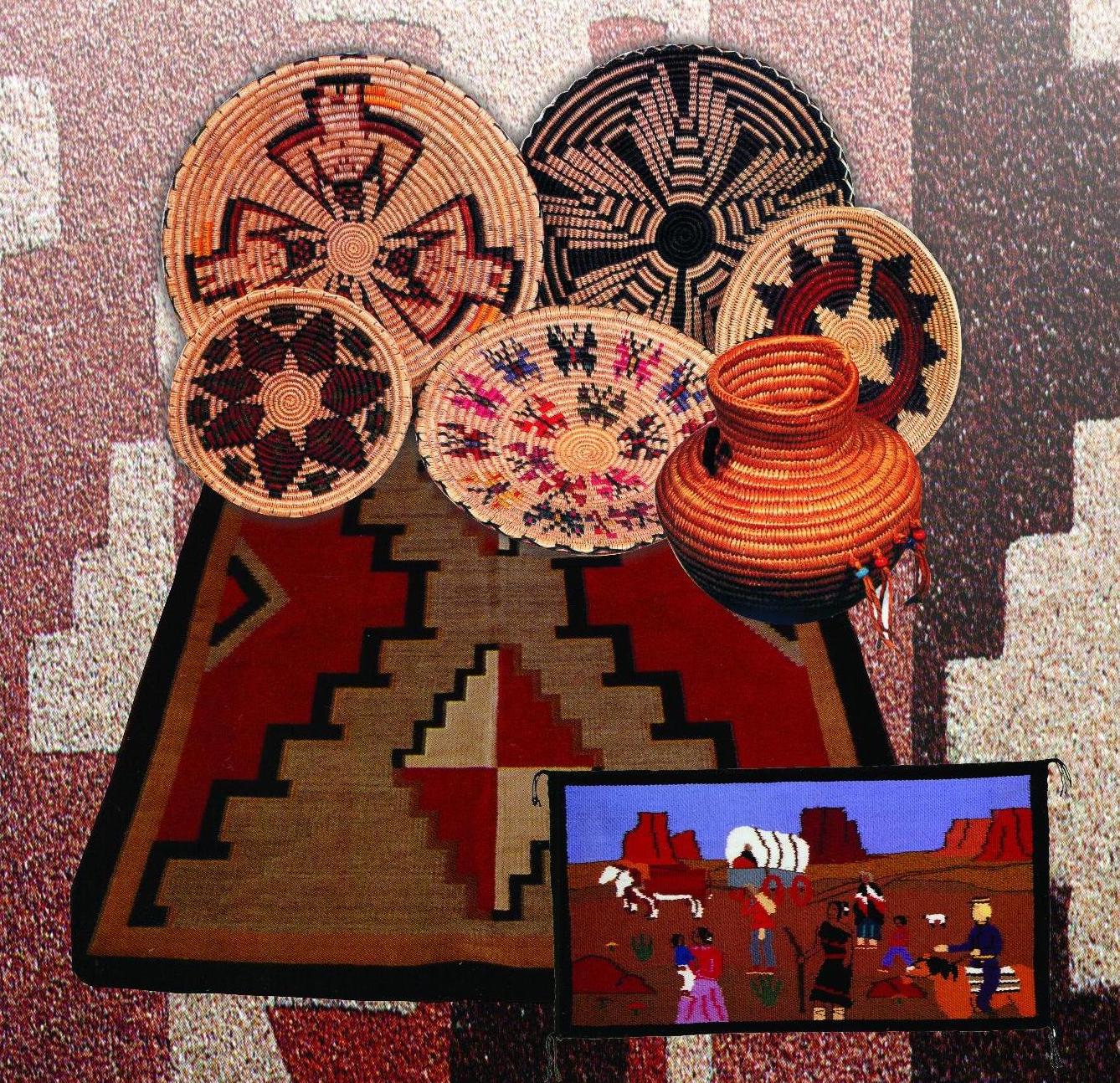
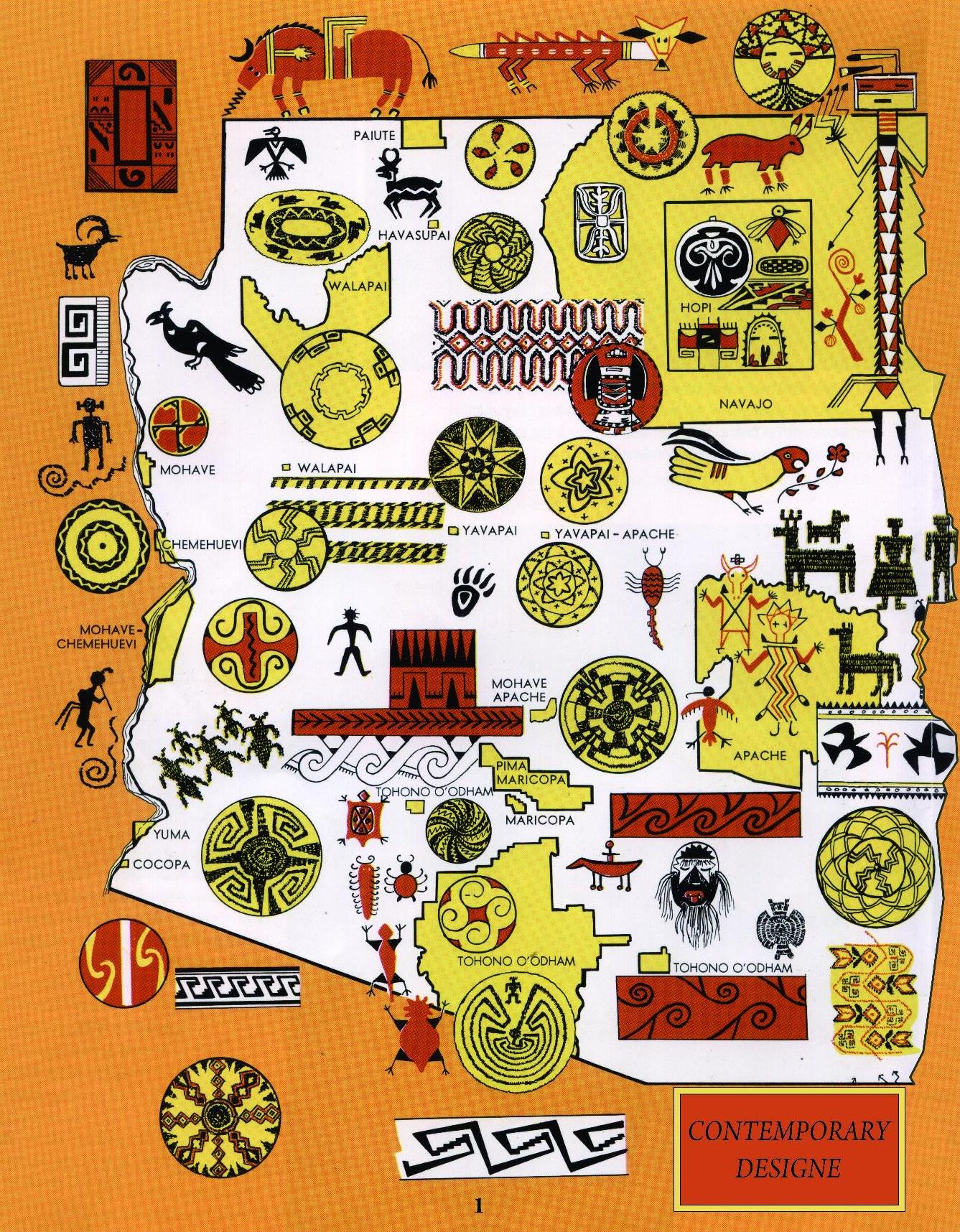
Introduction
Building upon family business, Mr. M. Saeed Tariq, owner of Native Tribal Art Company, has been engaged since 1993 in developing hand-crafted items based upon similarities and peculiarities within 'South East Asian' and the diminishing 'Native American' art. Intricate designs and perfect workmanship of all our products at reasonable prices are a hallmark of our business strategy.
We invite you to navigate through different channels to virtually enjoy the beauty and perfection of our masterpieces.
Manufacturer and exporter of expressive furnishings, decorative accessories and gifts, which blend ancient traditions with contemporary home decor. Splendid, exquisite and match-less artifacts from two rich cultures inspire us to develop exclusive products based on Native American and South East Asian Art.
Handwoven Navajo Rugs (Dhurries)
At Native Tribal Art we take great pride in the rugs we produce. This is indeed a product where our expertise has evolved to a whole new level over the last three decades. We use only the finest wool and natural dyes to weave these colorful and captivating handwoven wool dhurries. Our weavers are connoisseurs of the art of rug making and work with our designers to create the perfect blend of colors, patterns and designs to produce the rug of your choice. Our handwoven dhurries are in many ways reminiscent of the Southwest and this is where our story began. The early, humble beginnings of this company were initiated in New Mexico. At first we only worked on solid, colorful designs, but working closely with the native rug weavers, our designs have evolved over time. Rug weaving in South America slowly declined over time and good rug weavers became increasingly scarce. Demand remained high, however, and some production was shifted to the Southeast Asian region where skilled rug weavers were plentiful. We proudly present replica Native American style rugs handcrafted by tribal families in Pakistan. Affordable and practical, they will transform any room in a pleasant way and are perfect for the home, whether in the Southwest, on a ranch in the West, or in the mountains. All of our rugs are designed to withstand heavy foot traffic, but are still very easy to care for. We offer all sizes between 3x5 feet and 10x14 feet. Custom designs, colors, and sizes are also available.
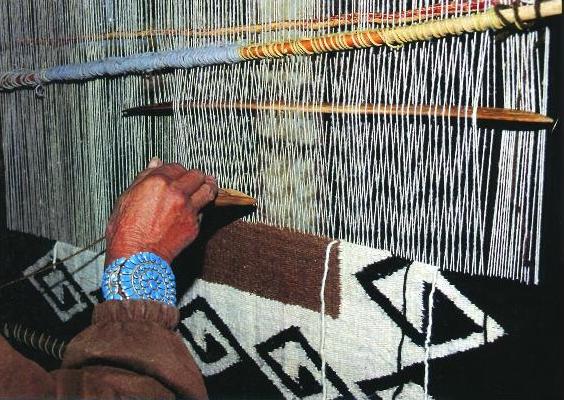
As newcomers among the Indians of the Southwest, the Navajo entered this region as hunters and gatherers around 800 years ago. Under the influence of the Pueblo Indians, the Navajo tribes were mainly involved in agriculture until the Spanish arrived and brought livestock with them. The Navajo received their sheep from them and replaced cotton with sheep's wool in their carpets.
According to anthropologists, the Navajos learned weaving from the Pueblo Indians, where weaving was done exclusively by men. According to Navajo tradition, it was the Spider Woman who taught Navajo women how to weave. Perhaps for this reason, few Navajo men practice this art. Rug weaving became an integral part of Navajo economic life and culture.
Although yarn preparation techniques have improved significantly over time, the basic weaving technique has remained essentially unchanged.
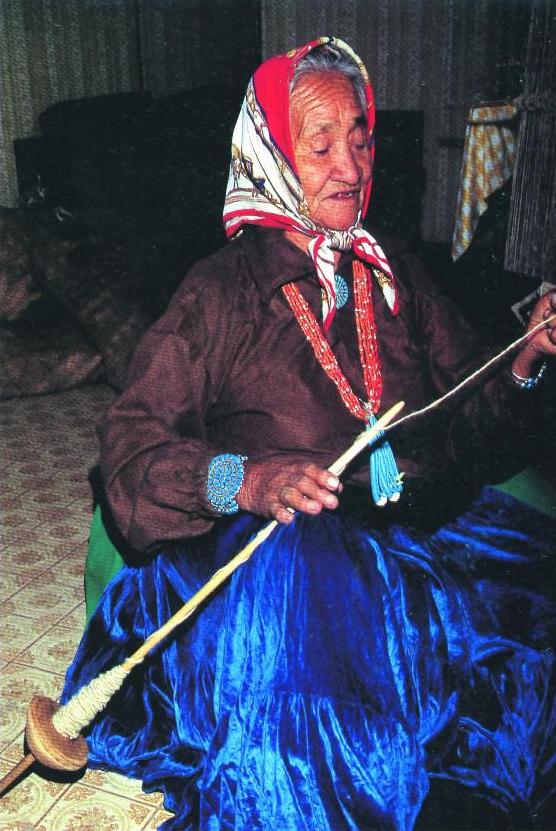
Weaving is time consuming and requires many long hours. For a weaver, this is an opportunity to practice much more than just technique. She also learns the Navajo traditions and values that influence her life.
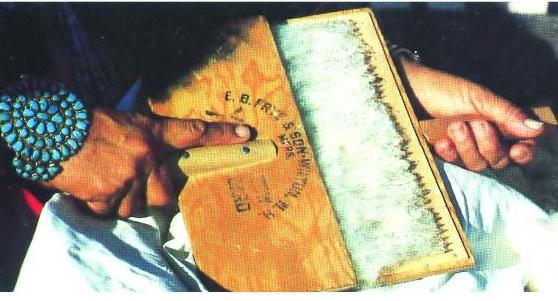
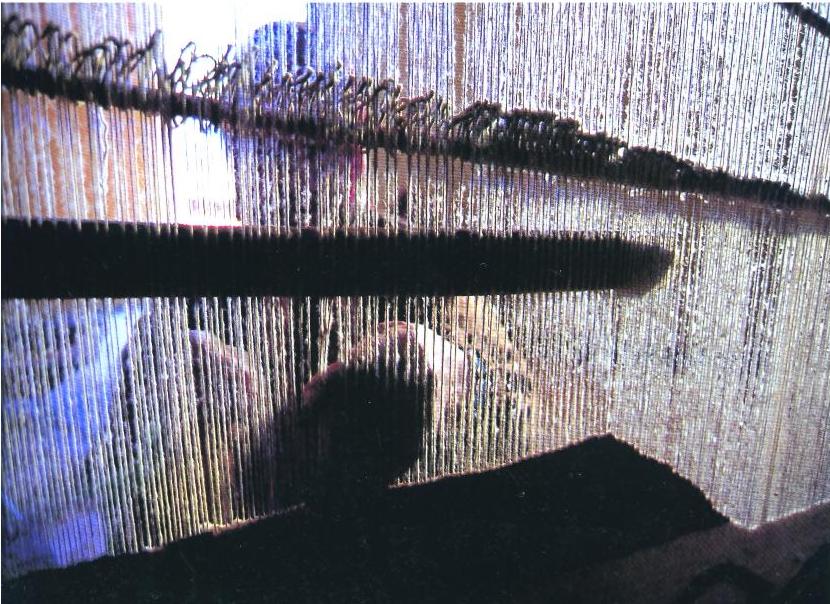
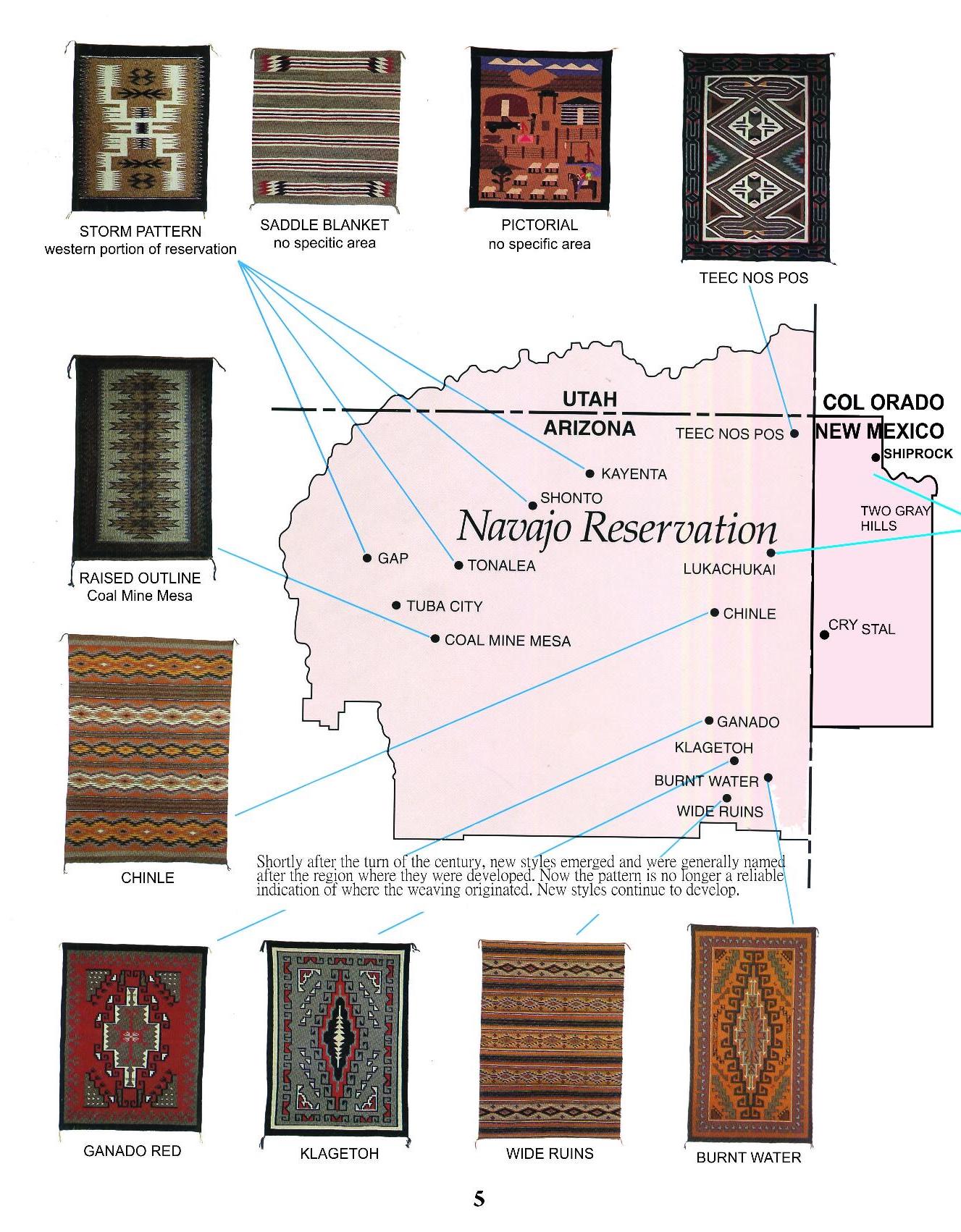
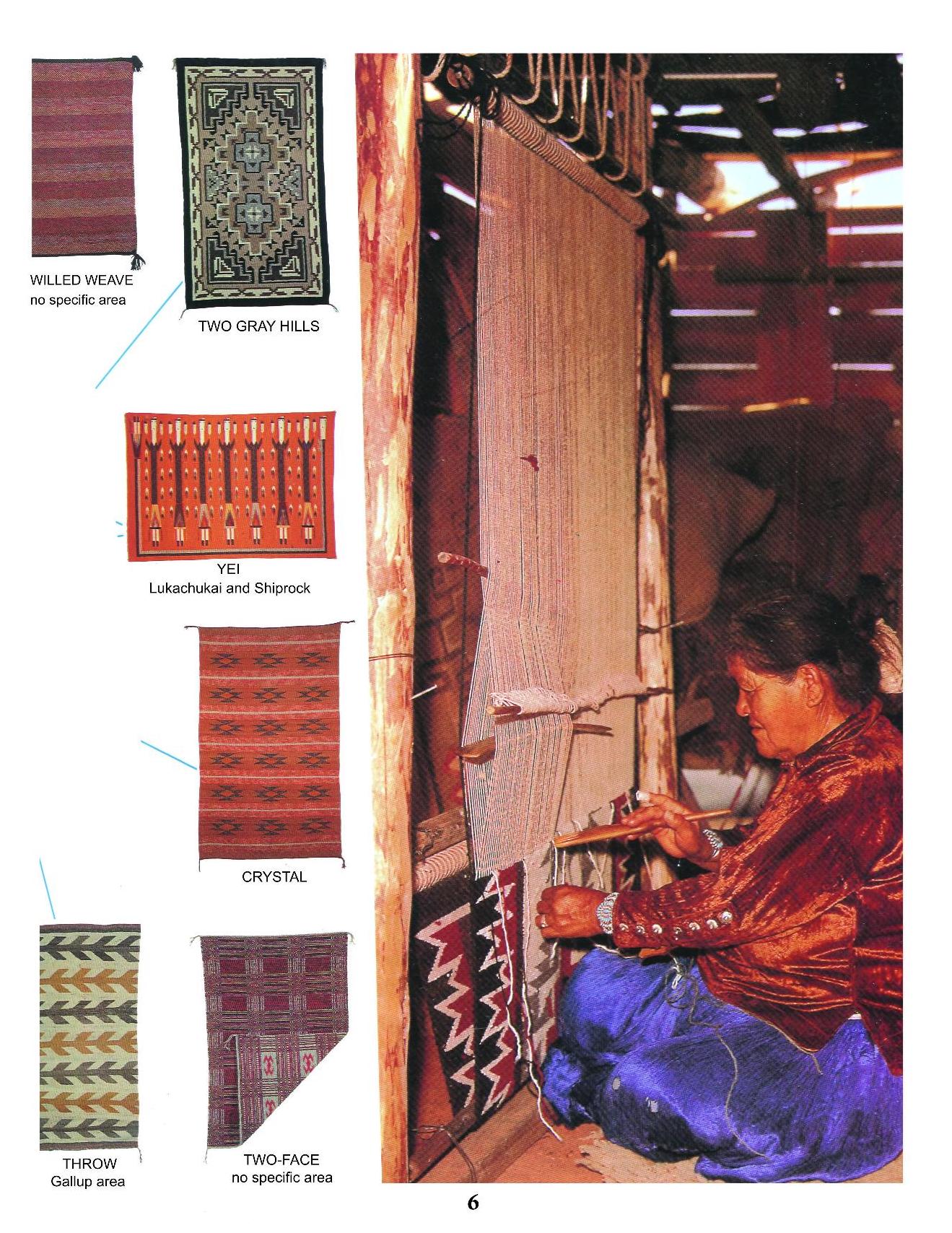
Handwoven Spiral Baskets
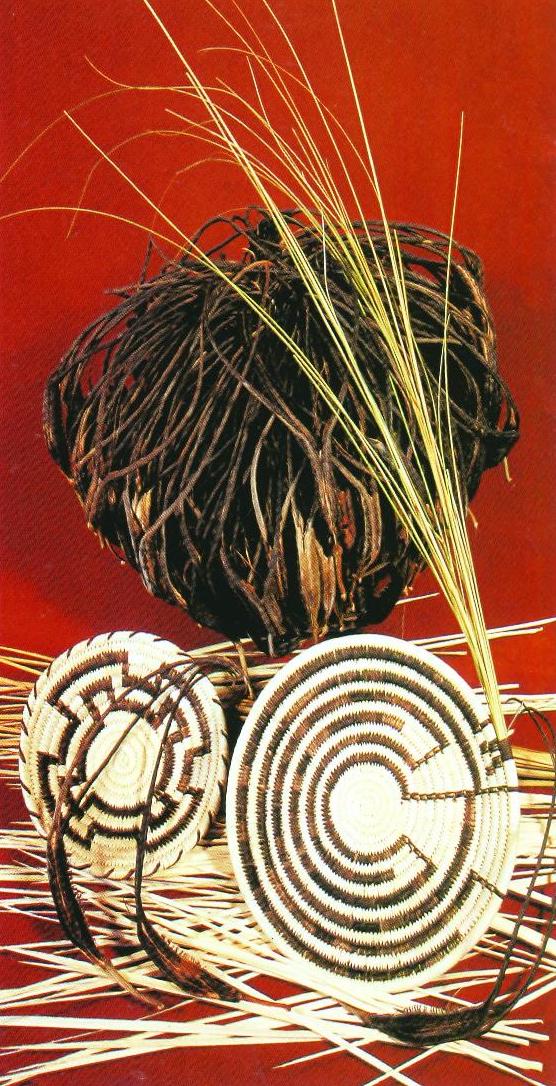
Spiral baskets are made from tufts of grass. The leaves of the date palm are wound and sewn together once with each winding to create a continuous spiral basket. Skilled craftsmen create the most fascinating baskets like magicians with their bare hands. Since the palm tree regularly sheds leaves, there is no need to damage trees to make the baskets.
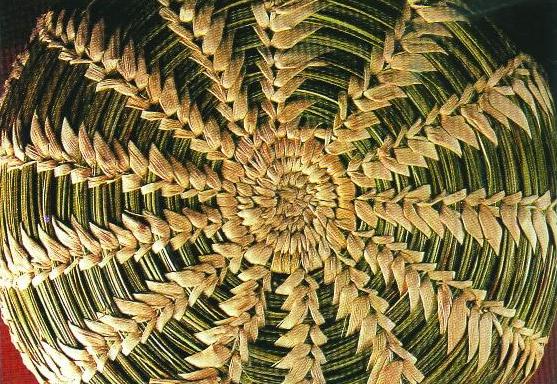
Simple spiral baskets consist of a coil that is sewn together. This Tohono O'odham basket uses macaws for the coil and bleached yucca for the stitching.
Basket making is one of the oldest arts and crafts. The baskets are an important product in various religious activities and sometimes exceed any financial consideration. From a purely economic point of view, the Indian art of basket weaving should have disappeared decades ago, because the hours involved in weaving a basket are considerable and a weaver receives little more than a few dollars for her work. Even the finest baskets, which are sold directly to museums or collectors, bring in no more than the minimum wage for the weaver.
Even among Native American tribes where basket weaving has now disappeared, baskets are still in demand because most Navajo healing rites require the use of a basket in various ceremonies. The Hopi, for example, present rolled-up basket boards to prize winners of barefoot races and use baskets of various kinds in the basket dance ceremony in the fall. Among many tribes, corn meal is placed in the baskets to be offered as a prayer or blessing during religious ceremonies.
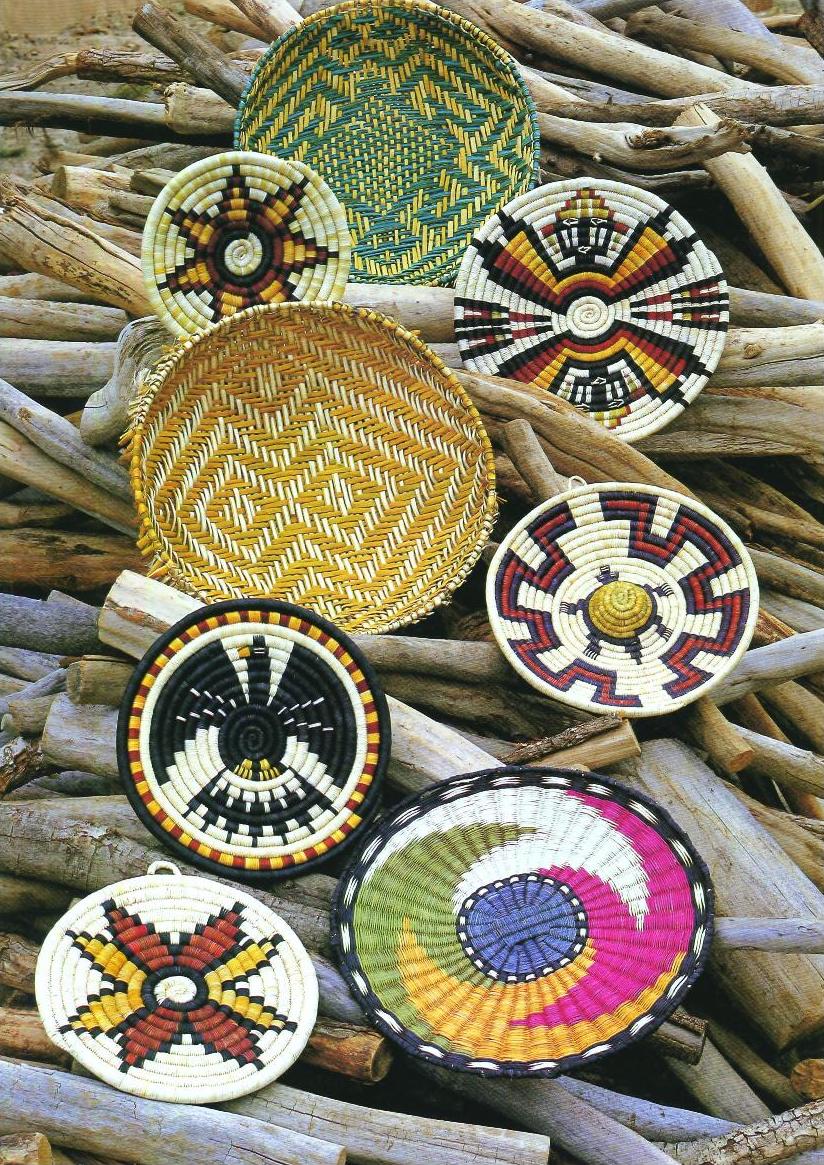
The Rio Grande Pueblos of New Mexico produce relatively few types of baskets, mostly woven yucca baskets from Jemez and open willow baskets, especially in Santo Domingo. The Indians of Arizona, on the other hand, produce a large quantity and variety of basketry. The Hopi of the Third Mesa make wicker trays, bowls and plaques from rabbit brush with vegetable or aniline dyes.
Hopi weavers use the widest variety of basket-making techniques, including wrapping, braiding and twisting.
Villagers on Third Mesa weave wicker baskets, while those on Second Mesa weave coiled baskets; yucca baskets are made by all villagers. The baskets are used as a trade item and are used for religious purposes or sold to non-Hopi.
Few people value baskets as much as the Native Americans. A basket weaver must be informed about the best time of year to gather his materials.
It is not uncommon for a Tohono O'odham weaver to travel 50 to 100 km to collect a specific plant for her baskets. In addition, she must harvest, dry, preserve, and prepare the plants for use.
The preparation includes bleaching, dyeing, soaking, stripping and trimming. Only then does the equally time-consuming task of actually weaving the baskets begin.
Saraiki
Made in a rainbow of colors, the weaving of these Saraiki baskets is quite intricate. First, a simple coil basket is woven. Then the basket is woven again by placing leaves over several coils to create beautiful patterns. These baskets are woven in southern Punjab.
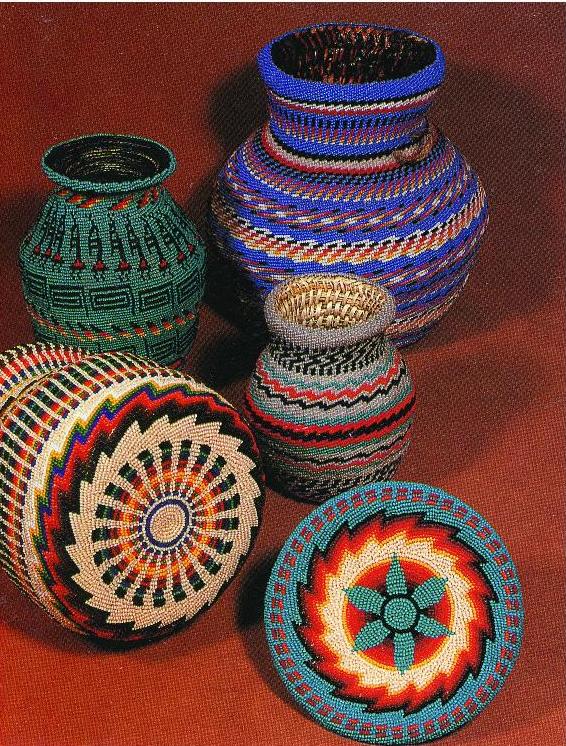
Beaded baskets date from the late 19th century. Beadwork is done after the basket is completely woven, not during it. Ute beads are added to the baskets by artists from other tribes, particularly the Tohono O'odham.
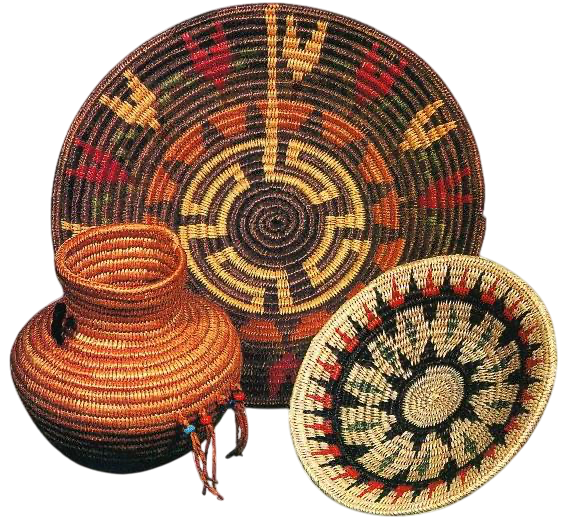
Years ago, the Jicarilla Apache wicker baskets with their bright aniline colors were expected to disappear. Instead, today there is a modest revival of this art.
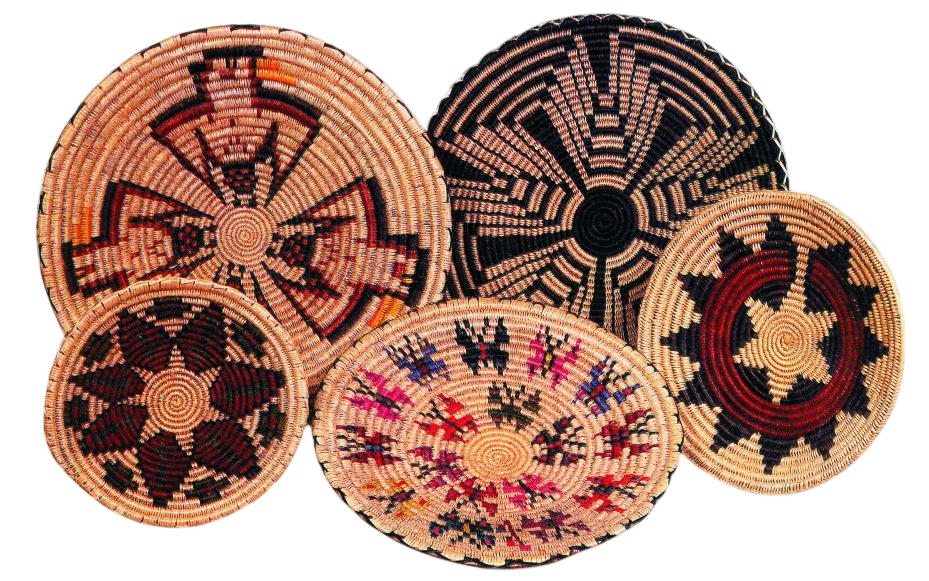
Paiute wicker baskets are also experiencing a revival. In addition to the traditional Paiute designs, the weavers have also developed new designs aimed at the tribes whose baskets have disappeared or are no longer made. Photographed at Bill Beaver's Sacred Mountain Trading Post.
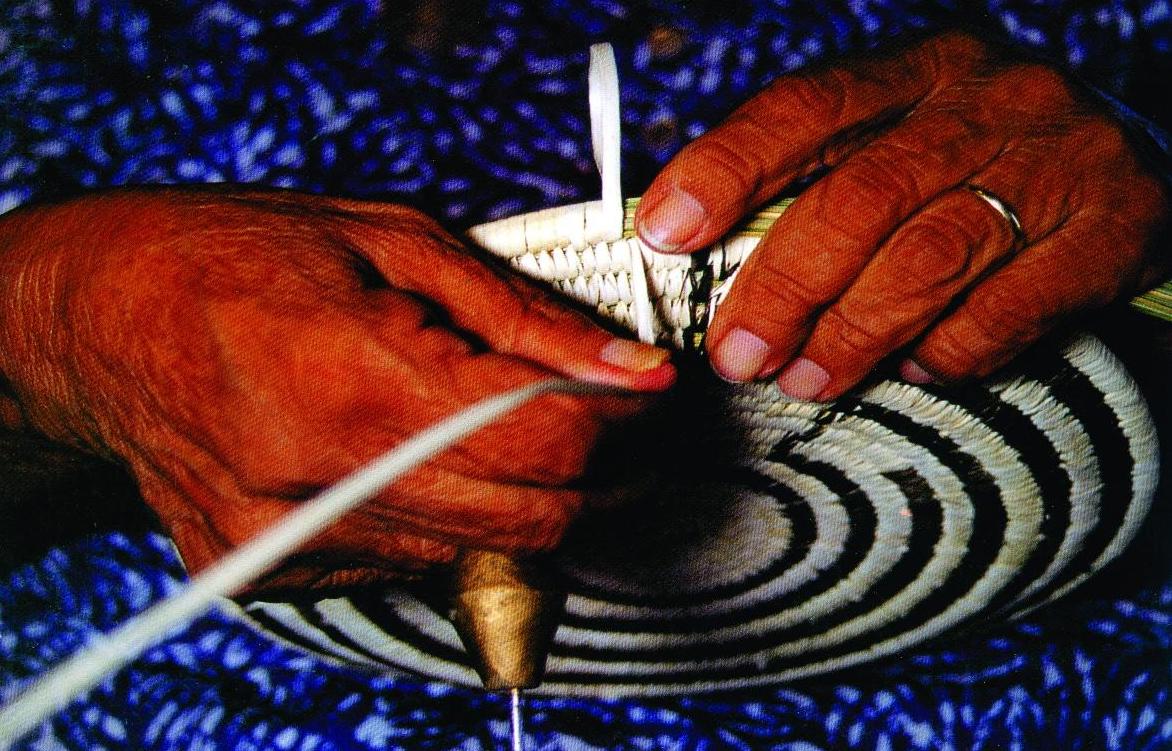
The Gandharan civilization has flourished in Pakistan for a long time, so we have a deep-rooted artistic taste in our blood. Craftsmen of the Marwat tribe make excellent baskets, called "chakors" in the local language, which are often used as wedding gifts and for sweets.
